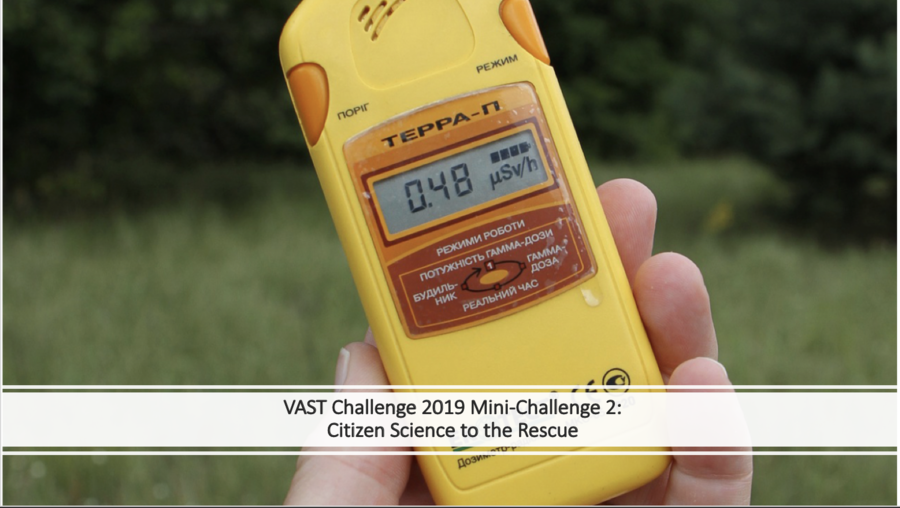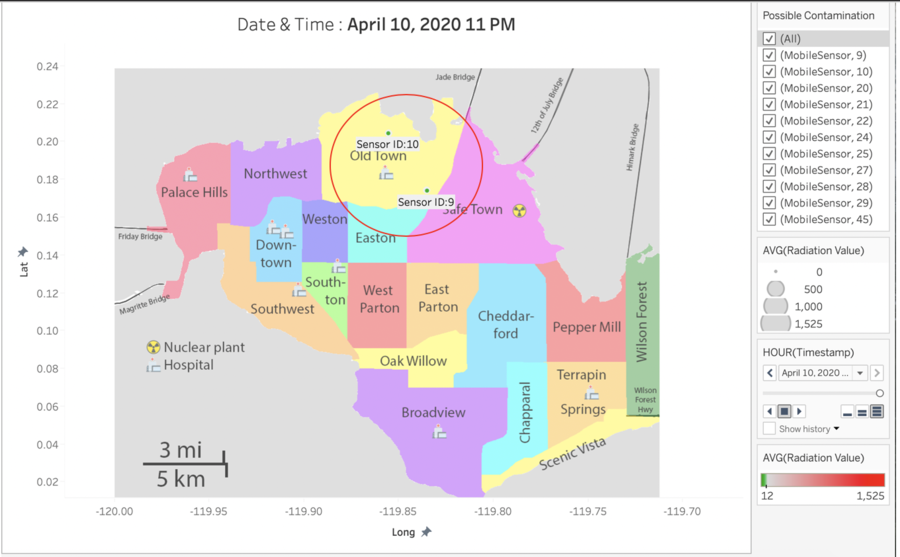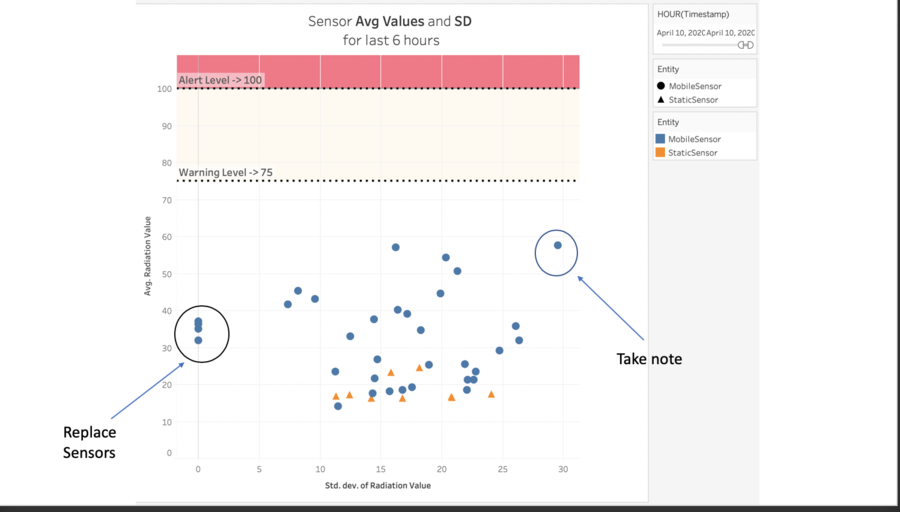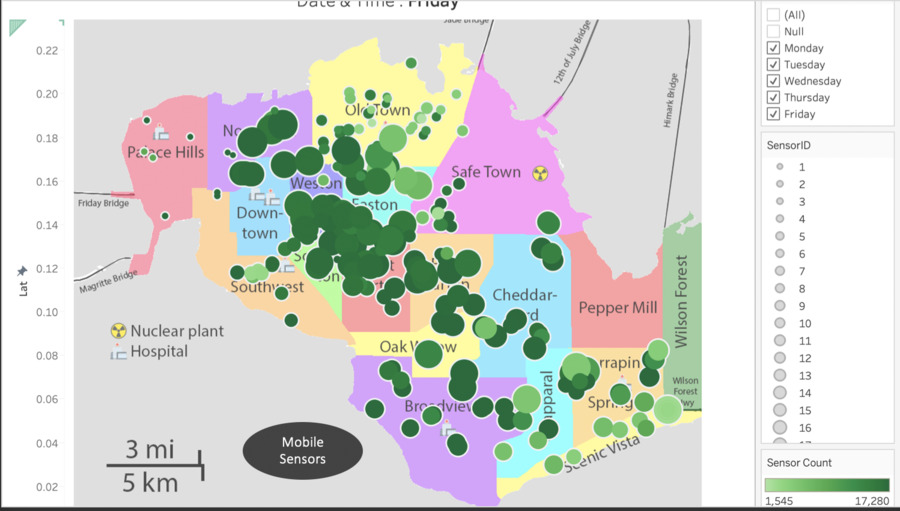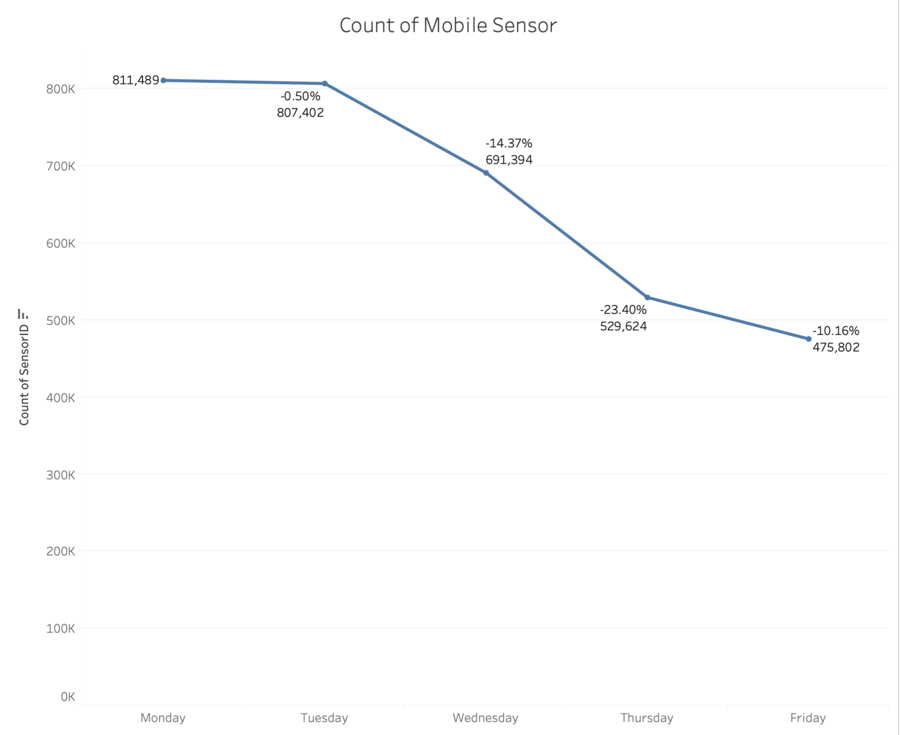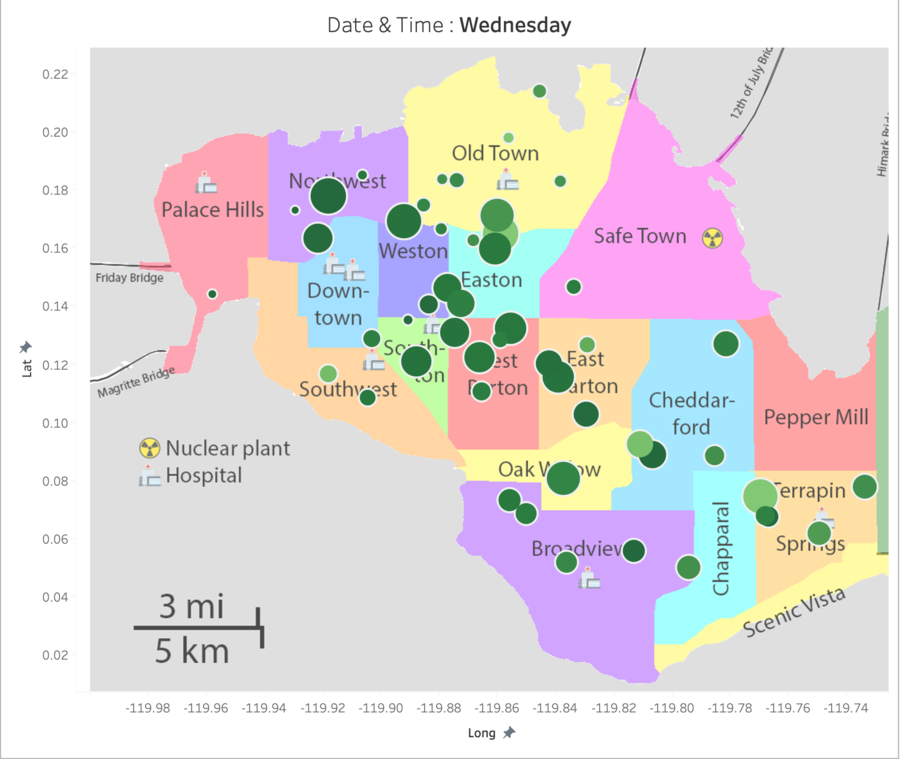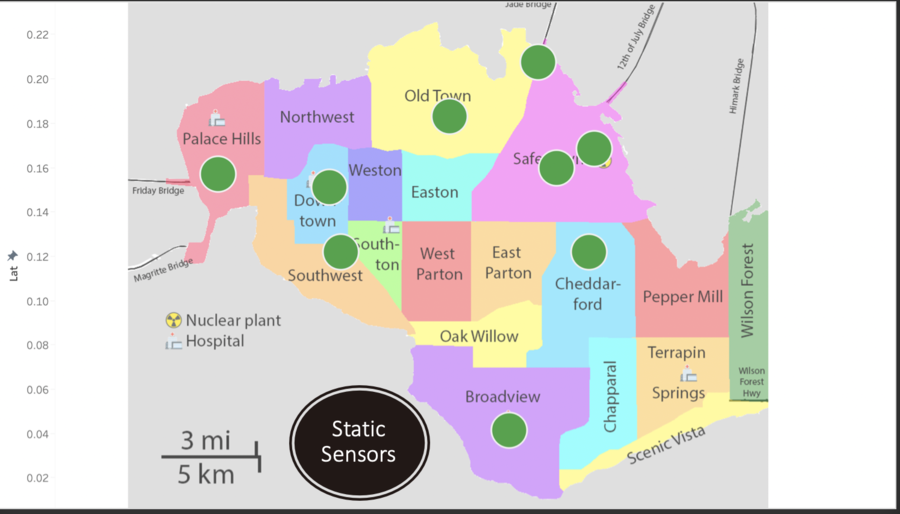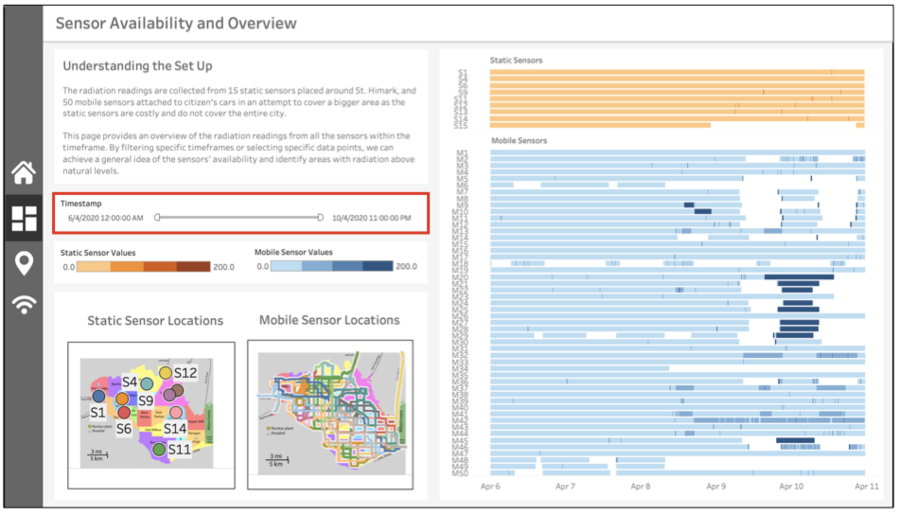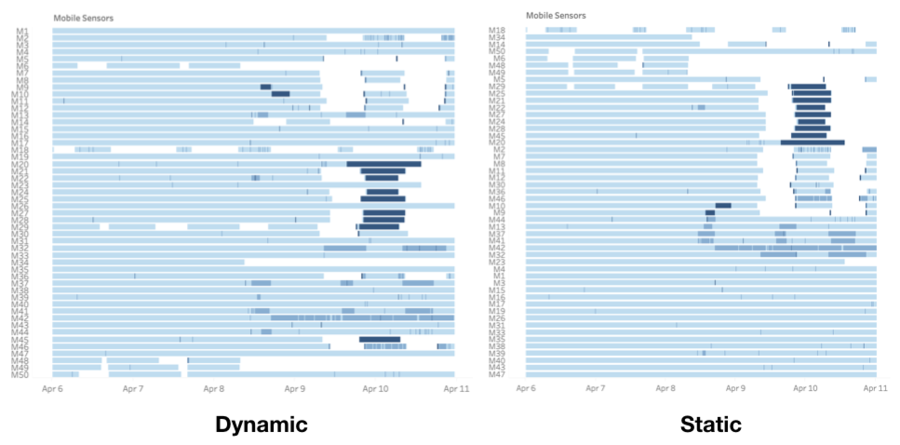Difference between revisions of "IS428 AY2019-20T1 Assign Foo Yong Long:R&R"
Ylfoo.2017 (talk | contribs) |
Ylfoo.2017 (talk | contribs) |
||
| Line 61: | Line 61: | ||
<br> | <br> | ||
<p> | <p> | ||
| − | <div style="background: #364558; padding: 15px; font-weight: bold; line-height: 0.3em; text-indent: 0px;font-size:20px"><font face="Arial" color=#fbfcfd><center>'''Areas | + | <div style="background: #364558; padding: 15px; font-weight: bold; line-height: 0.3em; text-indent: 0px;font-size:20px"><font face="Arial" color=#fbfcfd><center>'''Areas with Coverage'''</center></font></div> |
| + | |||
| + | [[File:Mobilesensorcoverage.png| 900px |center]] | ||
| − | |||
{| class="wikitable" style="background-color:#FFFFFF;" width="100%" | {| class="wikitable" style="background-color:#FFFFFF;" width="100%" | ||
|- | |- | ||
! style="font-weight: bold;background: #536a87;color:#fbfcfd;width: 10%;" | No. | ! style="font-weight: bold;background: #536a87;color:#fbfcfd;width: 10%;" | No. | ||
! style="font-weight: bold;background: #536a87;color:#fbfcfd;width: 90%;" | Description | ! style="font-weight: bold;background: #536a87;color:#fbfcfd;width: 90%;" | Description | ||
| + | |- | ||
| + | | | ||
| + | 3 | ||
| + | || | ||
| + | [[File:DropMobileSensor.png| 900px |center]] | ||
| + | The mobile sensors are able to cover a wider area. The graph above shows a decrease in overall mobile sensors from Monday to Friday. This can be due to wear and tear and vehicles traveling out of the city. | ||
| + | |||
| + | |||
| + | [[File:Wednesday.png| 900px |center]] | ||
| + | Furthermore, the area of coverage are dependent on the travel routes of the vehicles, which are unpredictable. For example, based on the graph above, there are no mobile sensors around the Safe Town, and thus we have limited coverage of the area around the Nuclear Plant. | ||
| + | |||
| + | Nonetheless, they still provide much better coverage of the city compared to the static sensors. | ||
| + | |||
|- | |- | ||
| | | | ||
4 | 4 | ||
|| | || | ||
| − | The | + | [[File:StaticSensorCoverage.png| 900px |center]] |
| + | |||
| + | The static sensor coverage is weaker compared to Mobile Sensors, covering only 9 out of 19 locations. Furthermore, it might be unreliable at close range distances. However, it is still easier to manage and implement compared to mobile sensors. | ||
| + | |||
|- | |- | ||
| | | | ||
5 | 5 | ||
|| | || | ||
| − | The mobile sensors | + | All in all, there is a need to have two types of sensors on the ground. The mobile sensors help to achieve coverage which static sensors can't while static sensors help to make up for the inconsistency that is present in mobile sensors. |
|} | |} | ||
Revision as of 21:49, 13 October 2019
Contents
- 1 Question 4
- 1.1 Summarize the state of radiation measurements at the end of the available period. Use your novel visualizations and analysis approaches to suggest a course of action for the city.
- 1.2 Use visual analytics to compare the static sensor network to the mobile sensor network. What are the strengths and weaknesses of each approach? How do they support each other?
- 2 Question 5
Question 4
Summarize the state of radiation measurements at the end of the available period. Use your novel visualizations and analysis approaches to suggest a course of action for the city.
| No. | Description | |
|---|---|---|
|
1 |
Highly likely contaminated cars with sensor IDs 20,21,22,24,25,27,28,29 and 45 has left the country. The government should issue a warning to search for these 9 vehicles. |
|
|
2 |
The graph above shows the standard deviation and average value of sensor readings for the last 6 hours that are still in the city. Sensor 1,26,35 and 47 has to be checked and replaced as they may be faulty with 0 standard deviations in readings for the last 6 hours. The government will have to Monitor mobile sensor 32 carefully as it has a high variability of sensor readings and its average value is reaching the warning level. |
Use visual analytics to compare the static sensor network to the mobile sensor network. What are the strengths and weaknesses of each approach? How do they support each other?
| No. | Description |
|---|---|
|
3 |
The mobile sensors are able to cover a wider area. The graph above shows a decrease in overall mobile sensors from Monday to Friday. This can be due to wear and tear and vehicles traveling out of the city.
Furthermore, the area of coverage are dependent on the travel routes of the vehicles, which are unpredictable. For example, based on the graph above, there are no mobile sensors around the Safe Town, and thus we have limited coverage of the area around the Nuclear Plant. Nonetheless, they still provide much better coverage of the city compared to the static sensors. |
|
4 |
The static sensor coverage is weaker compared to Mobile Sensors, covering only 9 out of 19 locations. Furthermore, it might be unreliable at close range distances. However, it is still easier to manage and implement compared to mobile sensors. |
|
5 |
All in all, there is a need to have two types of sensors on the ground. The mobile sensors help to achieve coverage which static sensors can't while static sensors help to make up for the inconsistency that is present in mobile sensors. |
Question 5
The data for this challenge can be analyzed either as a static collection or as a dynamic stream of data, as it would occur in a real emergency. Describe how you analyzed the data - as a static collection or a stream.
| No. | Description |
|---|---|
|
1 |
In the process of designing the dashboard, I ensured that all the visualizations could be filtered by date. This is so that static analysis can be done on the entire dataset, as well as dynamic analysis by working on a sliding window of data. |
How do you think this choice affected your analysis?
| No. | Description |
|---|---|
|
2 |
While most of the analysis could be done dynamically, static analysis is especially helpful when trying to identify clusters or patterns in the data. When viewing a stream of dynamic sensor data, it is very difficult to immediately identify patterns or gaps at a glance. However, when viewed statically, it is possible to sort them in a manner where visible clusters and patterns can be found to make meaningful analysis. |
